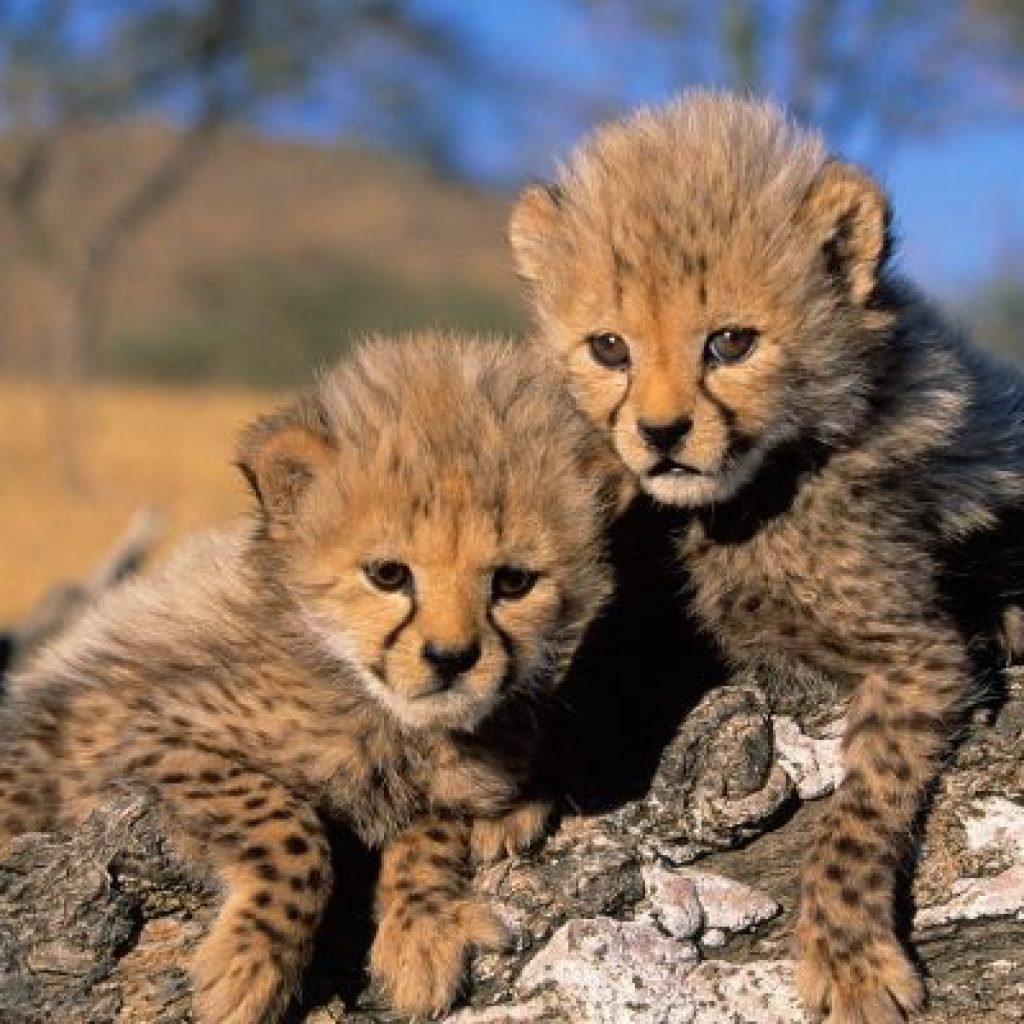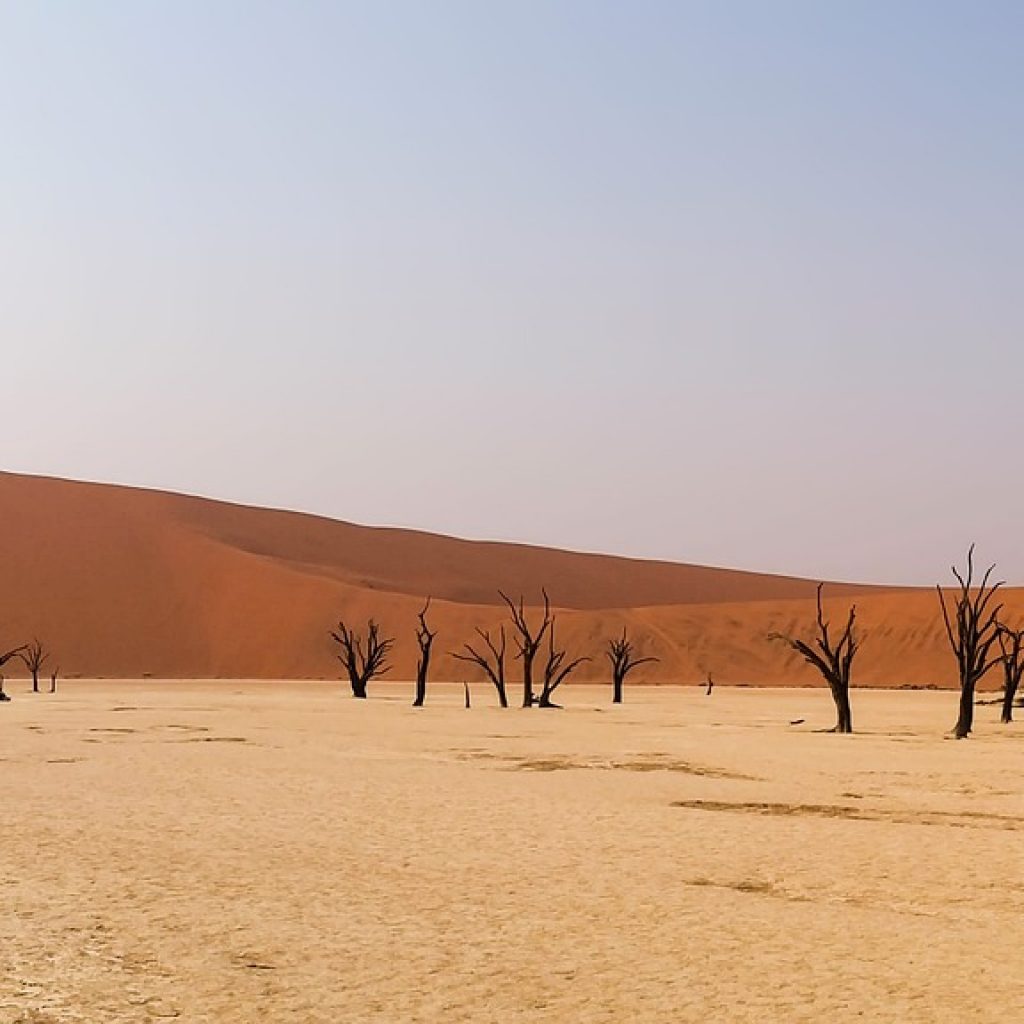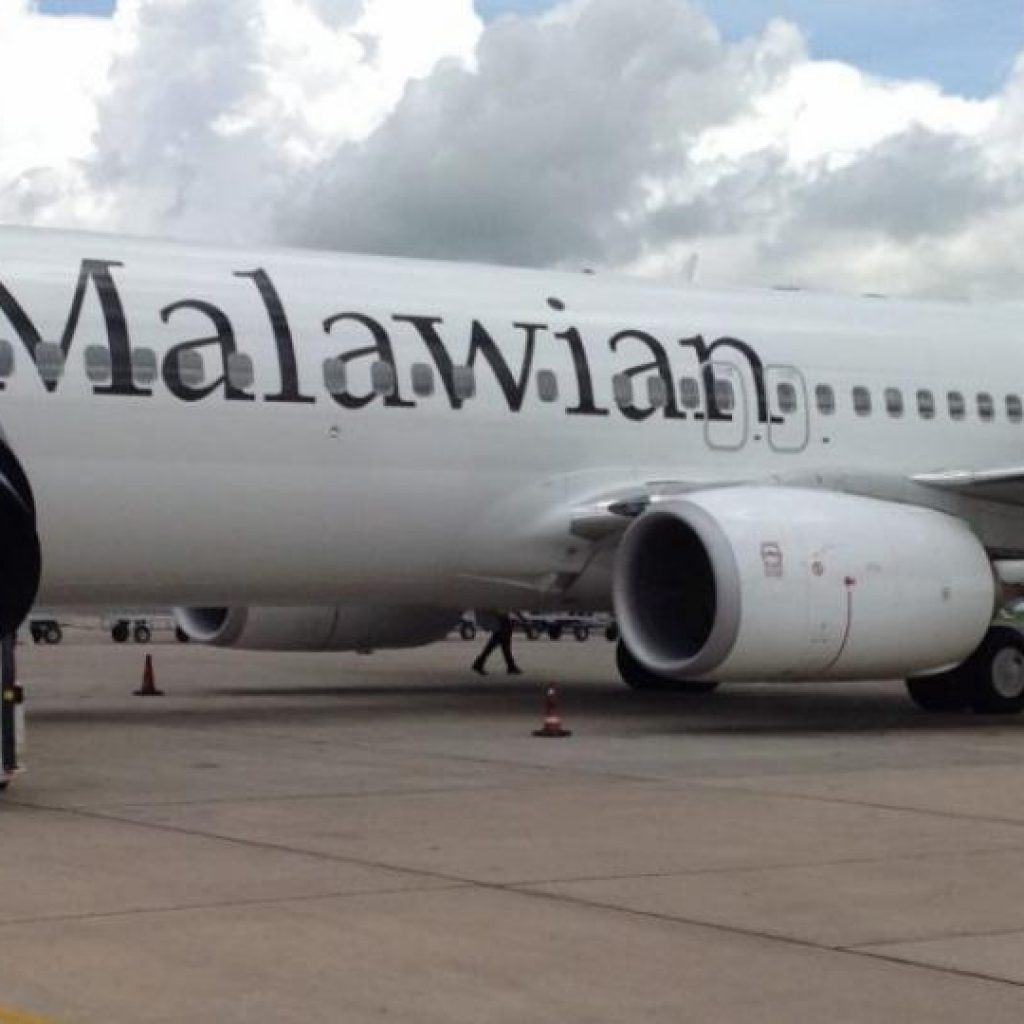
The Endangered Wildlife Trust (EWT) and African Parks made history in May 2017, when a small founder population of Cheetahs was successfully relocated to Liwonde National Park in Malawi, restoring the population of this threatened species at least 20 years after its extinction in the country.
Now, history has been made again, as the first cubs have been born to these Cheetahs, making them the first wild cubs to be born in Malawi in 20 years.
In late 2016, the South African wild Cheetah population reached new levels, with most safe spaces for Cheetahs fully occupied. The EWT and African Parks thus began to plan for a reintroduction of Cheetah into Liwonde National Park, Malawi. Under the management of African Parks in partnership with the Department of National Parks and Wildlife (DNPW), Liwonde National Park and two other reserves in Malawi are being well protected and security has been vastly improved, creating more than 300,000 hectares of safe space for establishing Cheetah populations.
In May 2017, four Cheetahs were taken from Mountain Zebra National Park, Amakhala Private Game Reserve, Phinda Private Game Reserve and Welgevonden Private Game Reserve, and flown in a light aircraft, sponsored by FlyUlendo and Robin Pope Safaris, from OR Tambo to Liwonde National Park.
After a short spell in the newly constructed Liwonde predator bomas, the four Cheetahs were released.
The Cheetahs immediately set about their normal business, feasting on the large amounts of prey available in Liwonde, and in mid-July, two Cheetahs were seen mating on Chinguni Hill, the highest point in Liwonde National Park. Three months later, the EWT’s Cheetah monitor based at Liwonde, Olivia Sievert, shared the exceptional news that four tiny cubs had been spotted, young enough to still have their eyes closed. The birth of these four cubs, the first in the wild in Malawi in over 20 years, is a massive conservation milestone, and an incredible indicator of how easily Cheetahs can adapt when moved to new environments.
The EWT’s Cheetah Metapopulation Project moves wild Cheetahs across a myriad different vegetation types with vastly different climatic variables to ensure the genetic viability of this threatened species. Under the auspices of this programme, Cheetahs have been moved from the Kalahari Desert to the mountainous bushveld of the Waterberg; from thicket vegetation in the Eastern Cape to the grasslands of the Free State; and in the case of the Liwonde reintroduction, from the Karoo semi-desert, where temperatures drop as low as minus ten degrees Celsius, to the floodplain grasslands of central Africa, where temperatures soar up to 50 degrees Celsius.
Every time the EWT relocates Cheetahs to new environments, more is learned about the incredible ability of this species to adapt and survive, as they have been doing for millions of years.
Hot on the heels of the news that the first wild cubs had been born in Liwonde in October, it has now been confirmed that the second female Cheetah that was relocated to the reserve has given birth to at least three cubs. Both sets of cubs and their mothers will continue to be monitored. The EWT is proud to have played an integral role in this conservation success story.






About The Author: David DiGregorio
More posts by David DiGregorio